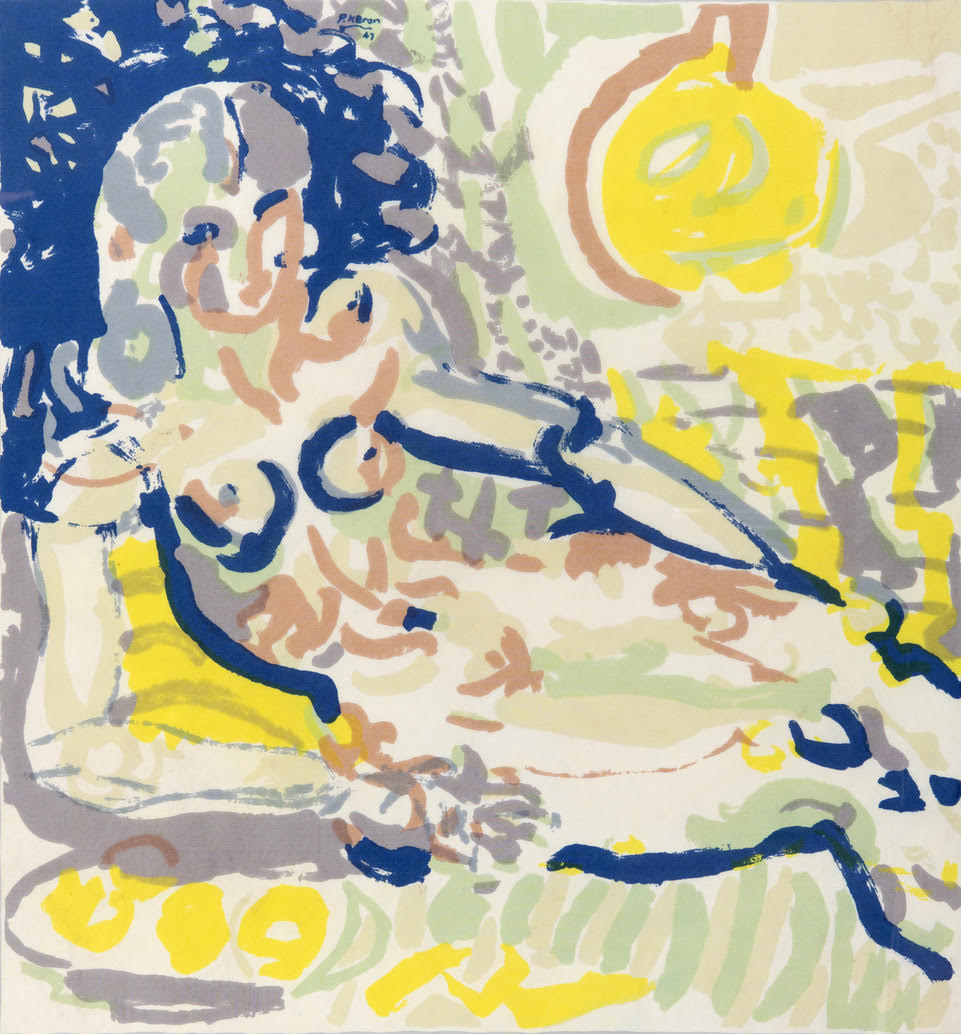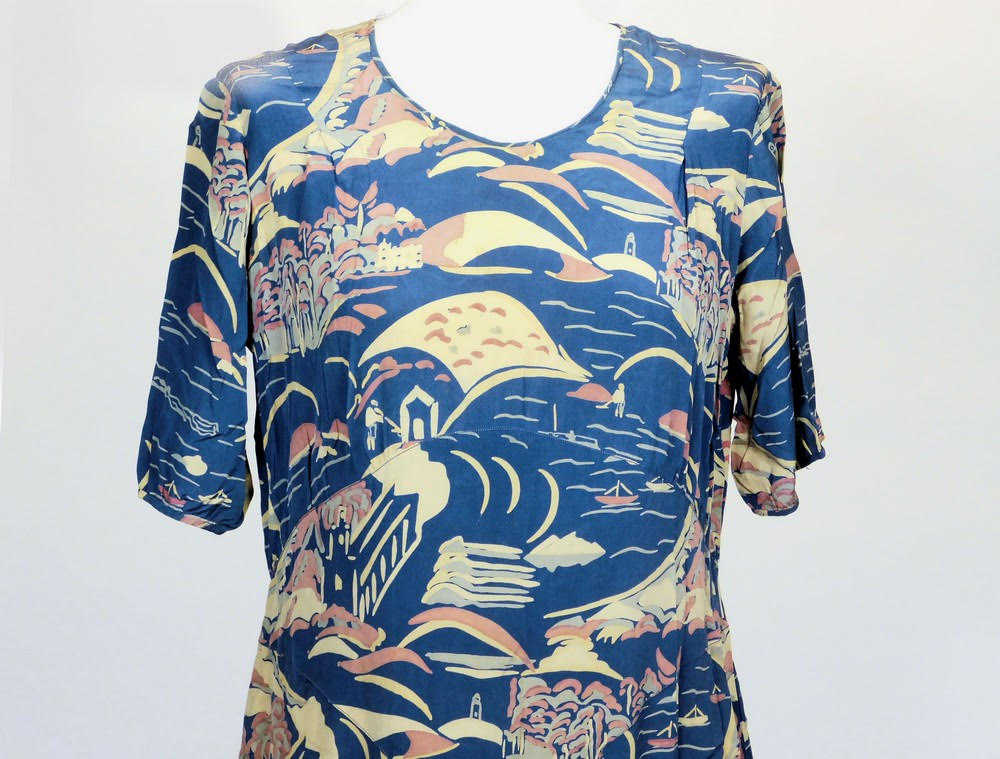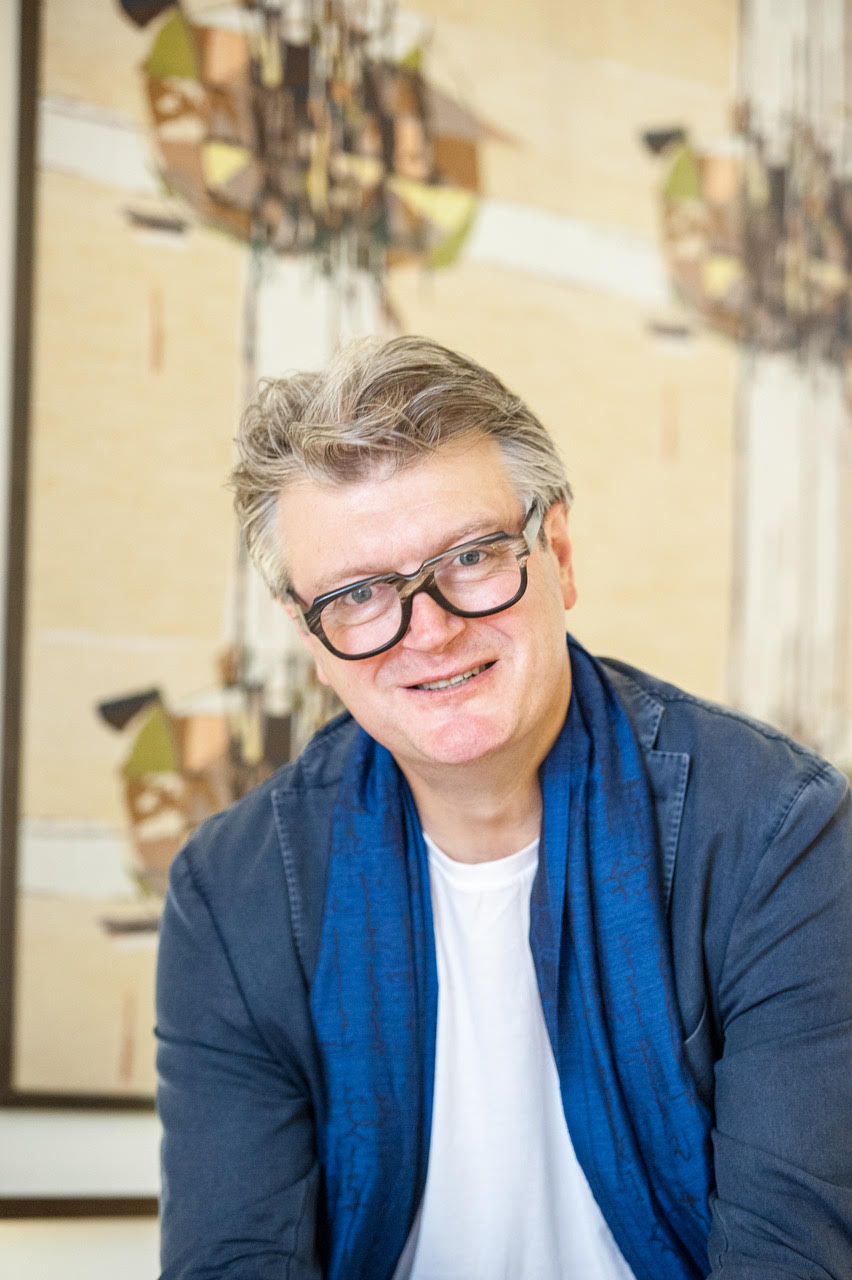A Yorkshire Textile Renaissance by Ashley Gray
An epic tale of two extraordinary figures from the same valley in Yorkshire who were destined to change the world of fashion and design for all time.
Cryséde & Cresta
An epic tale of two extraordinary figures from the same valley in Yorkshire who were destined to change the world of fashion and design for all time. A story that takes us from the mills of Yorkshire in the 1920s to the coast of Cornwall. From Welwyn Garden City to the corridors of power at Westminster. Art, design, textiles, fashion, politics, publishing, philosophy, and the very genesis of modern art in Britain. This lecture tells the story of creativity, determination, passion, and resilience of a true textile Maverick.

Modernism was a hallmark of Cryséde, founded in Cornwall by a Yorkshire mill owner’s son in 1920. Alec Walker, had already commissioned McKnight Kauffer’s poster designs for Vigil Silk in 1919. Ernest and Dod Proctor encouraged Walker’s love of painting and introduced him to fauvist Raoul Dufy. Dufy was experimenting with block printing with designer Paul Poiret. As the business flourished Walker asked fellow Yorkshire man Tom Heron to join Cryséde, bringing an enlightened business discipline that strengthened and widened its appeal. Walker fell ill in 1929 and parted company with Heron shortly after.

Following the break with Cryséde, Heron founded Cresta Silks in Welwyn Garden City. A follower of the Leeds Art Club, Heron was close to the Avant-garde figures of the day. He revolutionised the interwar fashion world by commissioning modernist designs for textiles from Paul Nash, Graham Sutherland and Cedric Morris. Edward McKnight Kauffer produced promotional designs and logos whilst across the country shop fronts were modelled by Unit One architect Wells Coates.
Heron was appointed to the Board of Trade and played a key role in the wartime development of the Utility Clothing Scheme, commissioning designers such as Hardy Amies, Edward Molyneaux and Norman Hartnol.
After World War II his son Patrick became principal designer for the firm. Cresta featured in the ‘Britain Can Make It’ exhibition at the Victoria & Albert Museum in 1946. When Cryséde closed, Cresta Silks purchased their blocks which they continued to use. Patrick went on to become one of the most celebrated artists of the St Ives School. Cresta ceased trading in the late 1970s. This lecture will tell the story of the fusion of fashion textiles and Modern art a cultural renaissance of 20th Century design.
Picture Credit: Cresta Silks Patrick Heron (1920 - 1999) Nude 1947, Screen print on silk. Credit Gray M.C.A Collection

Ashley Gray